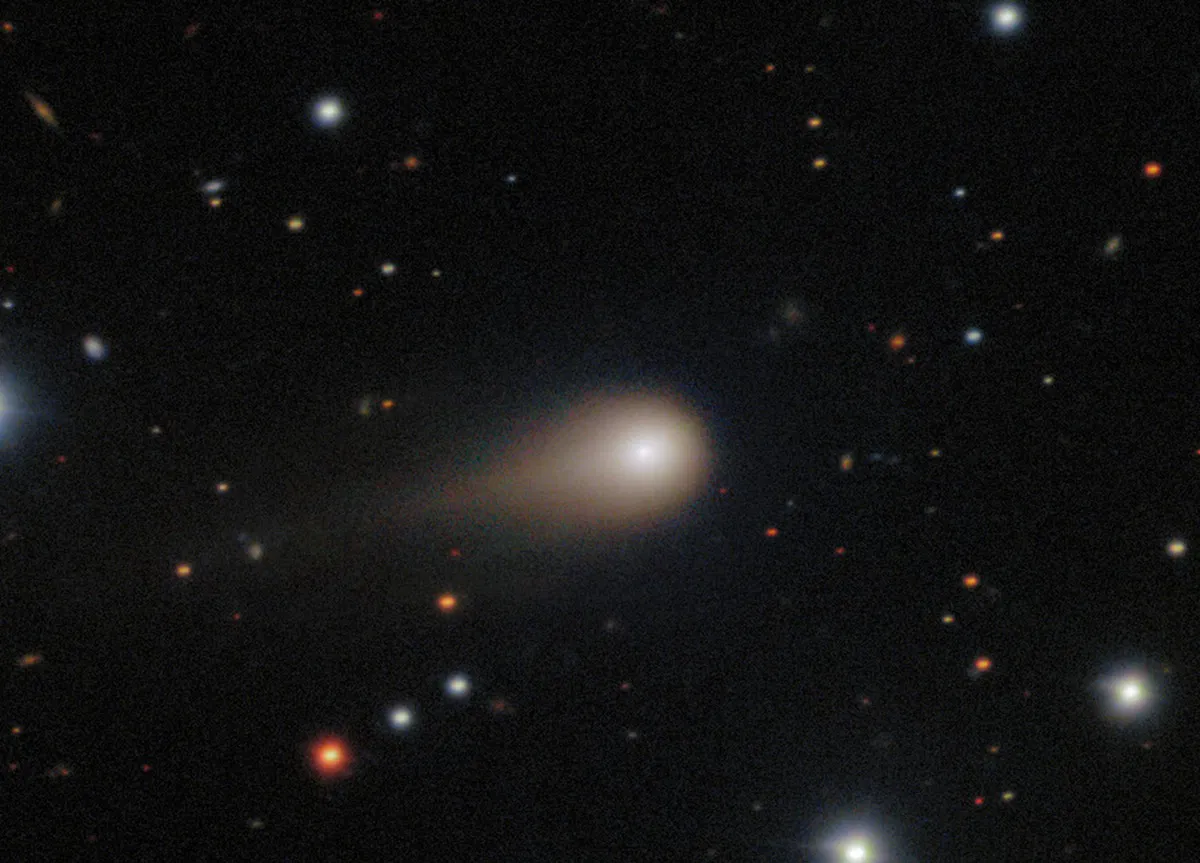Copyright scmp

Just three hours after lift-off on Friday, a trio of Chinese astronauts – and four mice – arrived at the Tiangong space station for China’s first in-orbit mammal study. The Shenzhou-21 crew was launched aboard a Long March-2F rocket from the Jiuquan Satellite Launch Centre in the Gobi Desert at 11.44pm Beijing time, according to the China Manned Space Agency. About 10 minutes into the flight, the spacecraft separated from the rocket and entered its planned orbit with high precision. The astronauts were reported to be in good condition, and the launch was declared a success. At 3.22am on Saturday, the spacecraft docked with the forward port of the T-shaped Tiangong, orbiting about 390km (242 miles) above Earth. The rendezvous and docking took roughly 3½ hours, “setting a new record for the fastest flight and docking between a Shenzhou spacecraft and the space station”, the agency said. Upon entering Tiangong around 5am, commander Zhang Lu, flight engineer Wu Fei, and payload specialist Zhang Hongzhang were greeted by their Shenzhou-20 colleagues, who have been living and working on the station since April. During their six-month stay, the crew will install protective devices to shield the space station from space debris, test new spacesuits and conduct 27 scientific experiments focused on biotechnology, materials science, microgravity physics and advanced space technologies. The rodent experiment, which involves two male and two female lab mice, will be carried out while both crews are aboard Tiangong. The astronauts will monitor how weightlessness, confinement and radiation affect the animals’ physiology and behaviour. The research is expected to provide insights for future long-duration human space flight. The mice will return to Earth with the Shenzhou-20 crew in about five days, according to state broadcaster CCTV. Among the Shenzhou-21 crew, commander Zhang Lu flew on Shenzhou-15 three years ago, while 32-year-old Wu, from the China Academy of Space Technology, is the country’s youngest astronaut to be sent to space. Zhang Hongzhang, a researcher at the Chinese Academy of Sciences, specialises in vanadium flow batteries – large, rechargeable energy storage systems used mainly for storing electricity from renewable sources such as solar and wind. The Shenzhou-21 mission marks China’s 10th crewed flight to Tiangong since June 2021. China is also training two Pakistani astronauts, one of whom is expected to join a future short-term mission to Tiangong under a bilateral space cooperation agreement signed earlier this year. Tiangong, designed to operate for at least a decade, represents China’s ambition to maintain a long-term human presence in low-Earth orbit. Meanwhile, the International Space Station (ISS), built by a Nasa-led partnership, is marking 25 years of continuous human occupancy this weekend. The ISS partners plan to continue operations until 2030, after which Nasa and SpaceX are expected to guide the station into a controlled re-entry over the South Pacific Ocean, in a remote region known as Point Nemo.



